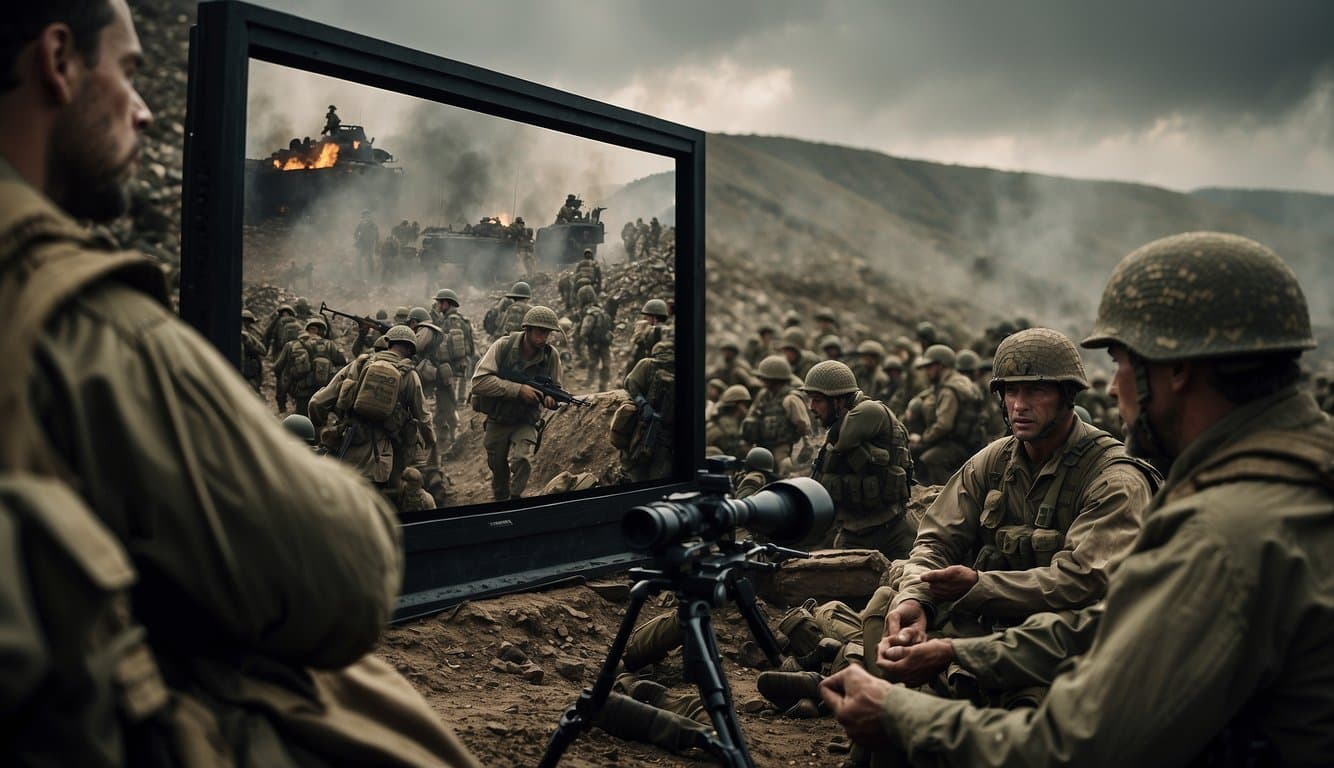Any detailed mention of Shoah is inextricably linked to the name of its creator, who for his work alone has become one of the most respected documentary filmmakers of the era. Little Claude was born in 1925 in Paris to a family of assimilated French Jews. Twenty years earlier, his grandparents, on both lines, had fled here from Jewish pogroms from what is now Belorussia and Moldova. While still in junior high school, the boy learned the lessons of silencing his roots as he watched the local boys brutally mock another Jew, as if he had descended from prewar German caricatures. Their mother left them early, and their father moved the three children to the countryside. Here, with the outbreak of war in 1939, the little Lancmans took shelter in a specially dug-in ground shelter, and their father timed how well they would do.
At his high school, he became one of the leaders of the local Youth Resistance Movement under the auspices of the Communist Party. After the liberation of France and after the end of the war, he earned a degree in philosophy and became a teacher. At the same time as Lanzmann was reading the first serious studies on anti-Semitism, he began to publish his own works. As early as 1952, he visited Israel, conducting some of his own historical research. In the following years he worked part-time as a freelancer, editor, crime reporter and wrote about celebrities. Openly urged French soldiers in Algeria to lay down their arms. For many years he covered the Arab-Israeli conflict and even presented a thousand-page research material on the subject. In 1973, he completed his first feature-length film Why Israel (Pourquoi Israel), a three-hour study of the inner workings of the young state.
The genesis of the Shoah concept
The idea to create such a study did not belong to Lanzmann himself. The original idea was suggested to him in 1973 by a friend working for the Israeli Foreign Ministry. He had been impressed by “Why Israel” and, along with other officials, thought that Lantzman could tell the story of the Holocaust from the point of view of the Jews, with the film becoming in itself a symbol of the historical phenomenon. The patrons expected that it would take a year and a half to complete and that the final result would be a two-hour documentary. The author, however, had to lie to the beneficiaries and regularly postpone deadlines in order to work as he saw fit.
The first year since he began working on Shoah, the filmmaker has spent researching a subject he once thought was in his blood. Processing hundreds of articles, books, and films, he formed a concept for the future monumental work. As Lanzmann later recalled, the literature and chronicles available at the time lacked an important component about the Holocaust, namely a description of the gas chambers and the entire death machine from inside the camps. Since the dead would no longer be able to say anything, the challenge would be to obtain testimony from people who had lived through the horror of the “final solution of the Jewish question. Barely having begun the actual shooting, the author was already facing financial problems and had to borrow money and seek sponsors to keep working year after year. Among others, he found support from the writer Simone de Beauvoir, with whom he lived and met for many years.
Gathering material for the film
The director wanted the testimonies of those few Jews who had survived the horrors of the death camps. He was particularly interested in the members of the so-called Sonderkommando, the prisoners who did the dirtiest work, which the camp guards refused to do. These men helped quickly unload the arriving victims from the trains, escorted them to the extermination sites, and then “worked” on the corpses and execution sites. Lanzmann later leveled the popular perception in his film that these survivors were collaborators and anti-Semites. It took him years to find survivors of the massacres at the camps of Auschwitz, Treblinka, Chelmno, and Belzec. These people were dispersed all over the world after the war and, moreover, were not eager to share the darkest events of their lives.
The film crew conducted a number of interviews with people who at the time of filming were still residents of the towns and villages around the death camps: Chelmno, Auschwitz, Treblinka. The author actively interacts with the interviewees and tries to find out, very importantly, their then attitudes towards what was happening to the Jews. Most Poles were convinced of their sympathy for the unfortunate passengers in the cattle cars. They recounted their attempts to warn the victims of the Holocaust, to give them water and food, even before threatening to be shot themselves. This footage is interspersed with commentary by the few survivors of those very wagons, who vividly remember their days-long journeys in horrific conditions. They recount the attitudes they felt – the gestures of hatred and shouting they heard from the Polish peasants.



